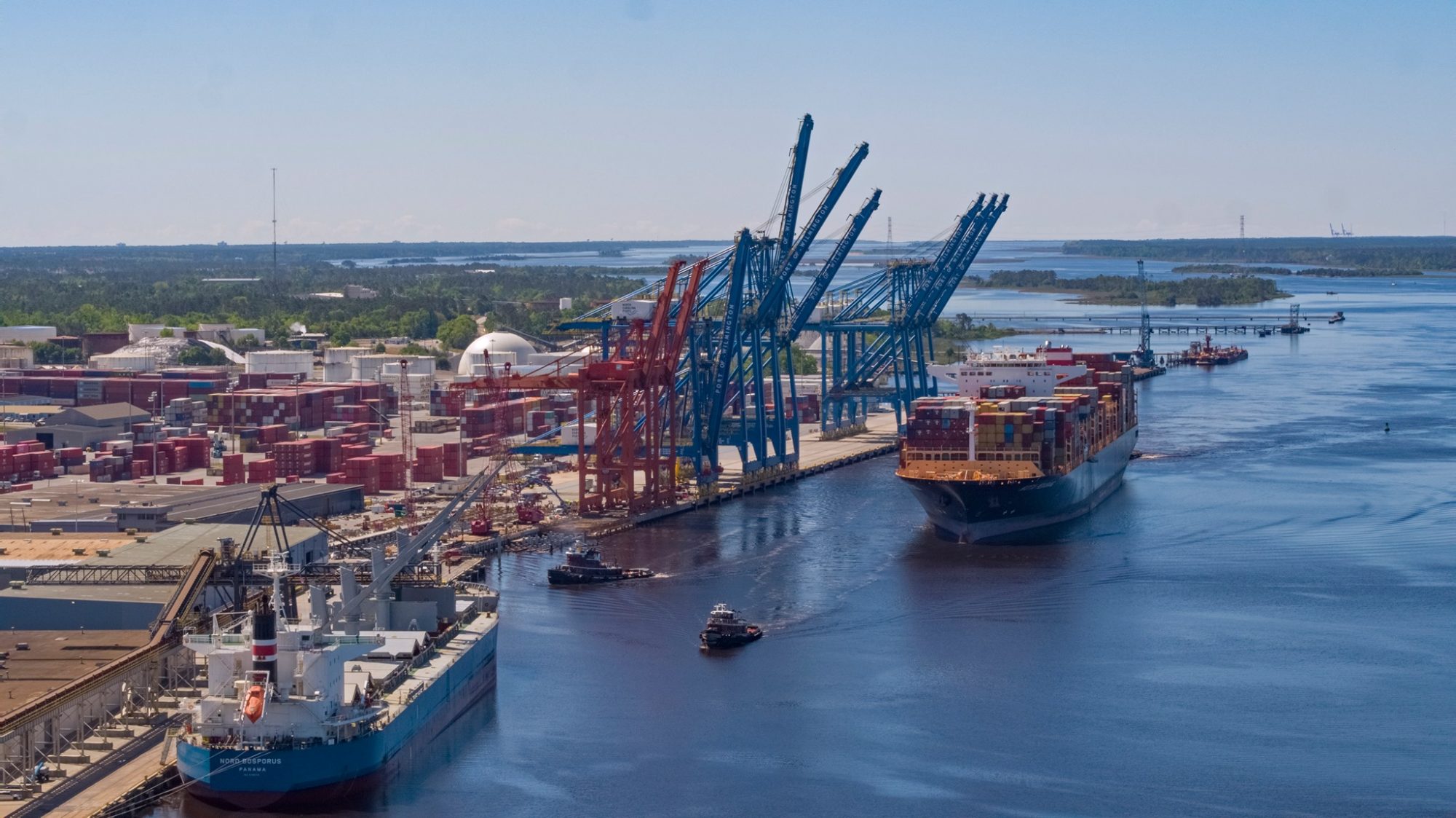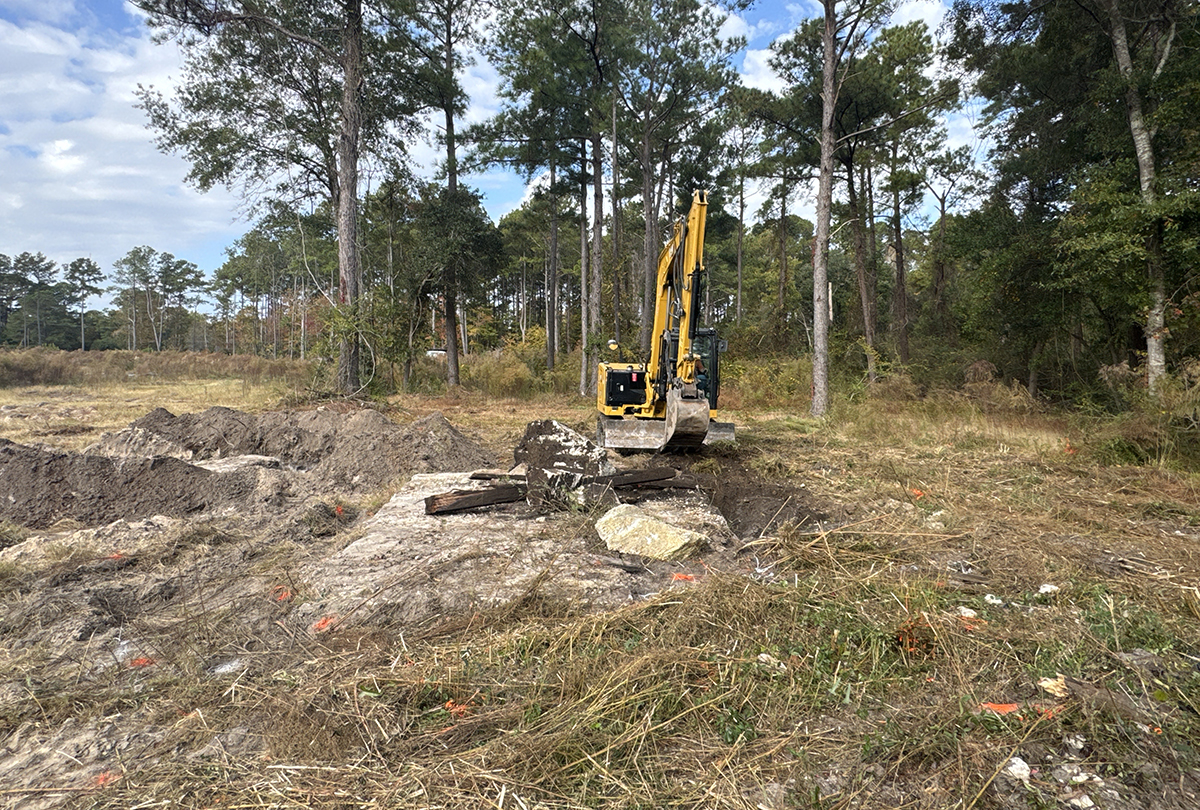
Reprinted from Ocracoke Observer
Dredging in Big Foot Slough in the Pamlico Sound is expected to clear the way for the larger sound-class ferries in the next several days.
Supporter Spotlight
Kris Noble, Hyde County manager, said in an interview that the side caster dredge Merritt began dredging at 2 p.m. Wednesday.
Cost of the project is thanks to a partnership between the North Carolina Department of Transportation’s Ferry Division and Carteret County, which supplied the $62,916.50 local match required, she said.
The total project will cost $251,666, Noble said, with the state contributing $188,749.50.
“Carteret County is being proactive and planning ahead so that we don’t get caught like this again,” she said about the aid from the neighboring county to the south.
At the meeting last week of the Ocracoke Waterways Commission, Brent Johnson, the project manager for grants and waterways with Dare County, said the last time dredging was done in Big Foot Slough several years ago it had not been not done to project depth.
Supporter Spotlight
For this job, the money needed is almost double from the last time allowing dredging to go to 10 feet.
In July, the latest survey at that time by the Army Corps of Engineers showed water depths in Bigfoot Slough as low as 8 feet.
That meant the ferry system’s two largest sound-class vessels, the M/V Swan Quarter and the M/V Sea Level, could not traverse the area safely.
Ferry service since then has been reduced to one boat a day leaving each port of departure during some of the busiest summer travel times on the coast.
“The Ferry Division is monitoring it every day,” Noble said about the dredging. “If the track is sufficient depth-wise, they’ll resume the three-boat schedule.”
Noble said Hyde County will also support Carteret County’s efforts in seeking reimbursement of the local match from the state legislature.
The Ferry Division is also looking into getting a Federal Lands Access Project grant, which is a pot of money designated for communities adjacent to national parks.
Catherine Peele of the Ferry Division said during the waterways meeting that these grants can be sought to improve transport to federal lands such as Ocracoke.
This grant would seek money for surveying the inlets, permitting for all the inlets and possible relocation of the ferry waterway west of Big Foot Slough, which is a man-made channel, Noble said, to a natural channel called Nine Foot, which is a bit westward.
If Nine Foot could be the authorized channel, it could be maintained better since it is natural, she said, and would shave a few minutes off the long-route trips.
Shaving time off the Hatteras-Ocracoke route also is something the commission would like to see happen, said Justin LeBlanc, chair of the commission.
If the transit time on this most popular route in the entire ferry system could be 50 minutes or less, the Ferry Division could run the peak number of ferries during the high tourism season, LeBlanc said during the Monday Facebook live meeting.
This would involve realignment of the Rollinson Channel among other complications not easily solved.
In other waterways commission action, LeBlanc said the Coast Guard is scheduled to reposition the aids to navigation in the Ocracoke Inlet in the next couple of weeks.
This story is provided courtesy of the Ocracoke Observer, a newspaper covering Ocracoke island. Coastal Review Online is partnering with the Ocracoke Observer to provide readers with more environmental and lifestyle stories of interest along our coast.







